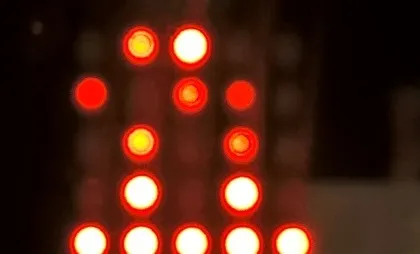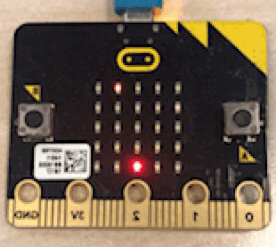
Microbit Twinkly Lights
Since it's nowhere near Christmas, I can't justify posting this code sample except as a tribute to Frank Zappa's "City of Tiny Lights".
This sample uses randomisation to turn on pixels on the microbit display and then let them fade out over time to create a "twinkly" effect.
from microbit import *
import random
pixel_fully_on = 9
pixel_fully_off = 0
twinkle_probability = 3
fading_rate = 4
leds = [(x, y) for y in range(0, 5) for x in range(0, 5)]
while True:
# inspect pixels
# can we turn on any pixels on?
for led in leds:
brightness = display.get_pixel(led[0], led[1])
if brightness == pixel_fully_off:
twinkle = random.randint(0, 100)
if twinkle <= twinkle_probability:
display.set_pixel(led[0], led[1], pixel_fully_on)
sleep(50)
# fade all lit pixels by fade factor
for led in leds:
brightness = display.get_pixel(led[0], led[1])
if brightness > pixel_fully_off:
faded_brightness = max(brightness - fading_rate, 0)
display.set_pixel(led[0], led[1], faded_brightness)
The probablility of lighting a pixel and the rate at which they fade out are variables at the top of the program and contribute a lot to the actual effect. Too likely a probability and too many pixels are lit at once, too fast or slow a fade doesn't give the right winter sparkle we are going for. The values I have here, and also the delay between the lighting and fading halves, are just what I found from playing around.
And here it is in action...
